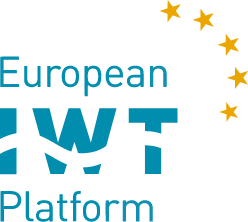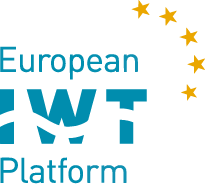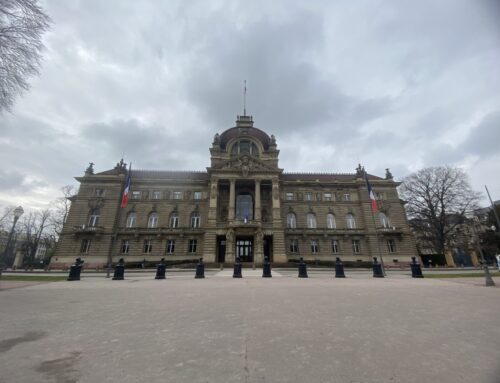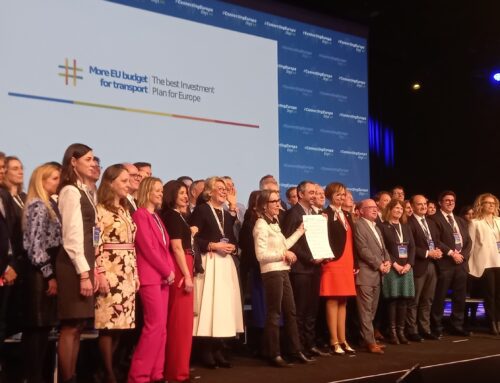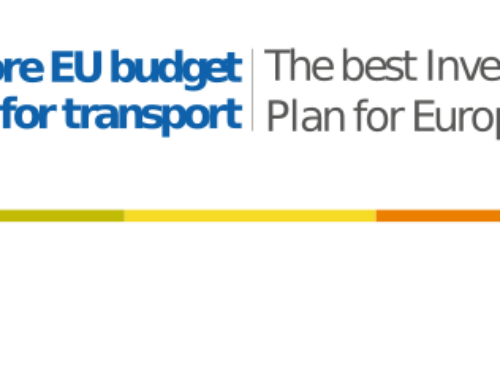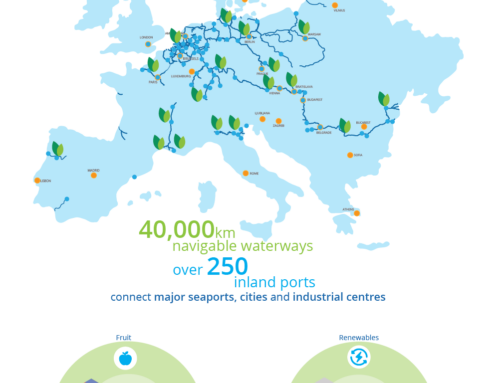Federal Minister of Economics Robert Habeck wants to shift more heavy goods transports to waterways in the expansion of wind energy.
He would like to give preference to shifting large and heavy goods transports (GST), which become necessary in connection with the construction of wind turbines, to waterways. The same applies to the transport of other goods (cable reels, large transformers, etc.) needed for the energy turnaround.
This meets with the undivided approval of the Inland Navigation Association BDB. The Federal Ministry of Transport’s “Masterplan Binnenschifffahrt” already advocates an increased shift of oversized and heavy goods to inland waterway vessels.
Free capacities for heavy goods transports
“The federal waterways offer great potential for relieving road infrastructure and for cutting red tape and speeding up the transport of large and heavy goods,” explains Minister Habeck in the key points paper for his Wind Energy on Land strategy. This is currently in the consultation process.
At present, heavy loads are mainly transported by road. The approval processes for this are complex, cost-intensive, lengthy and bureaucratic, which leads to major delays, massively increasing costs and uncertainties in project planning and implementation for wind energy projects and power grid expansion. Transportation via waterways, he said, does not require a permit for GST, unlike road transport. In addition, there are capacity reserves, he said.
“We are pleased that the Federal Ministry of Economics recognizes the enormous potential and is drawing the right conclusions,” explains BDB Managing Director Jens Schwanen. The shipping industry is very happy to make its contribution to the energy turnaround and the expansion of the grid by carrying out appropriate transports of oversized and heavy goods.
The minister’s key point paper lists four measures for the development of the route networks on the waterways, including transhipment points for wind turbines and cable drums in the main course. However, the catalog is not yet complete:
Availability of digital data, for example on the accessibility of ports and their quay and crane capacities, an efficient infrastructure. To this end, rivers and canals still need to be expanded in individual places and bottlenecks removed, e.g. on the Rhine or in the canal area Inclusion of around 30 projects listed as “urgent” in the Waterway Expansion Act in the new Approval Acceleration Act Investment ramp-up in the waterway budget as of 2024
